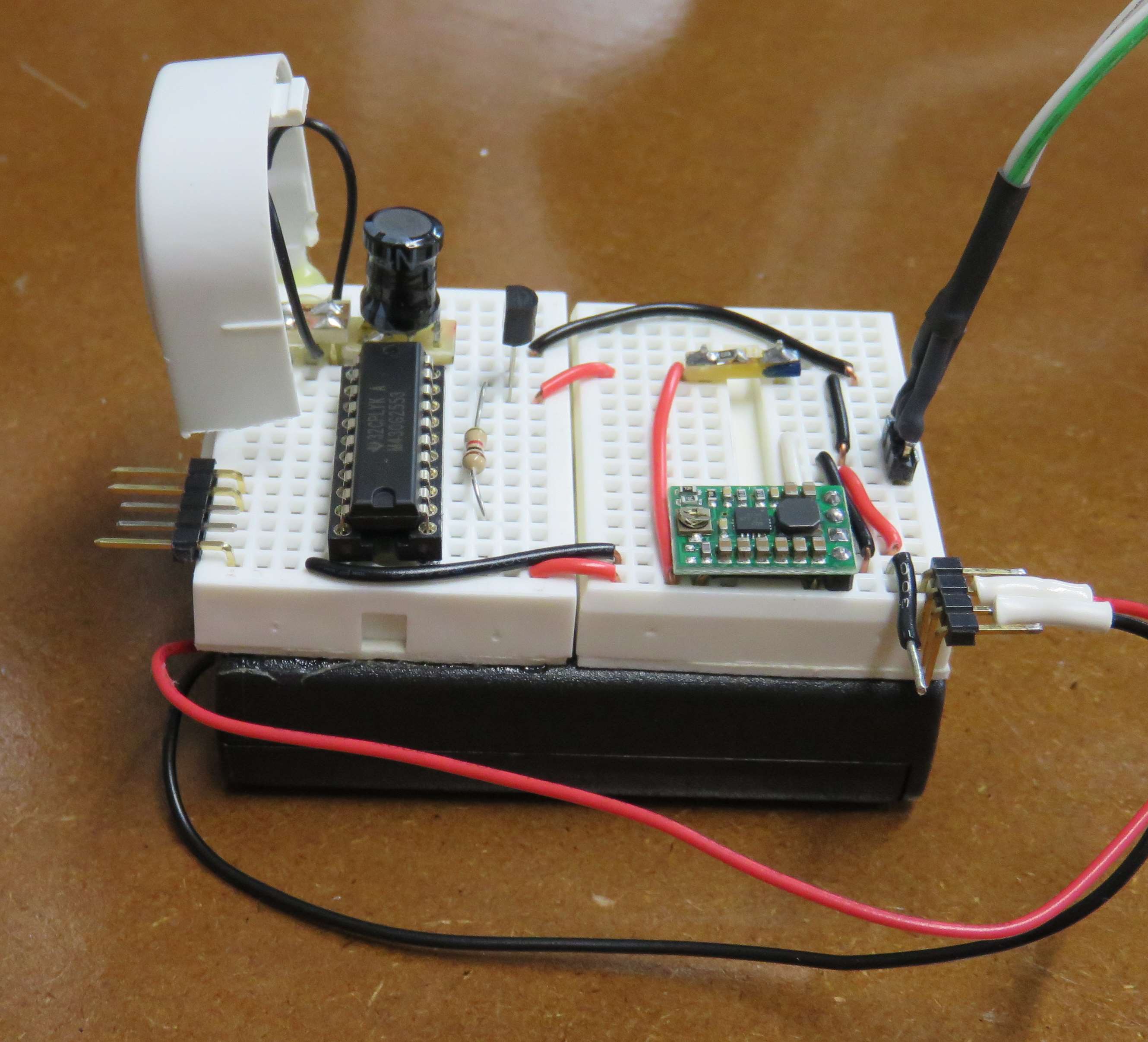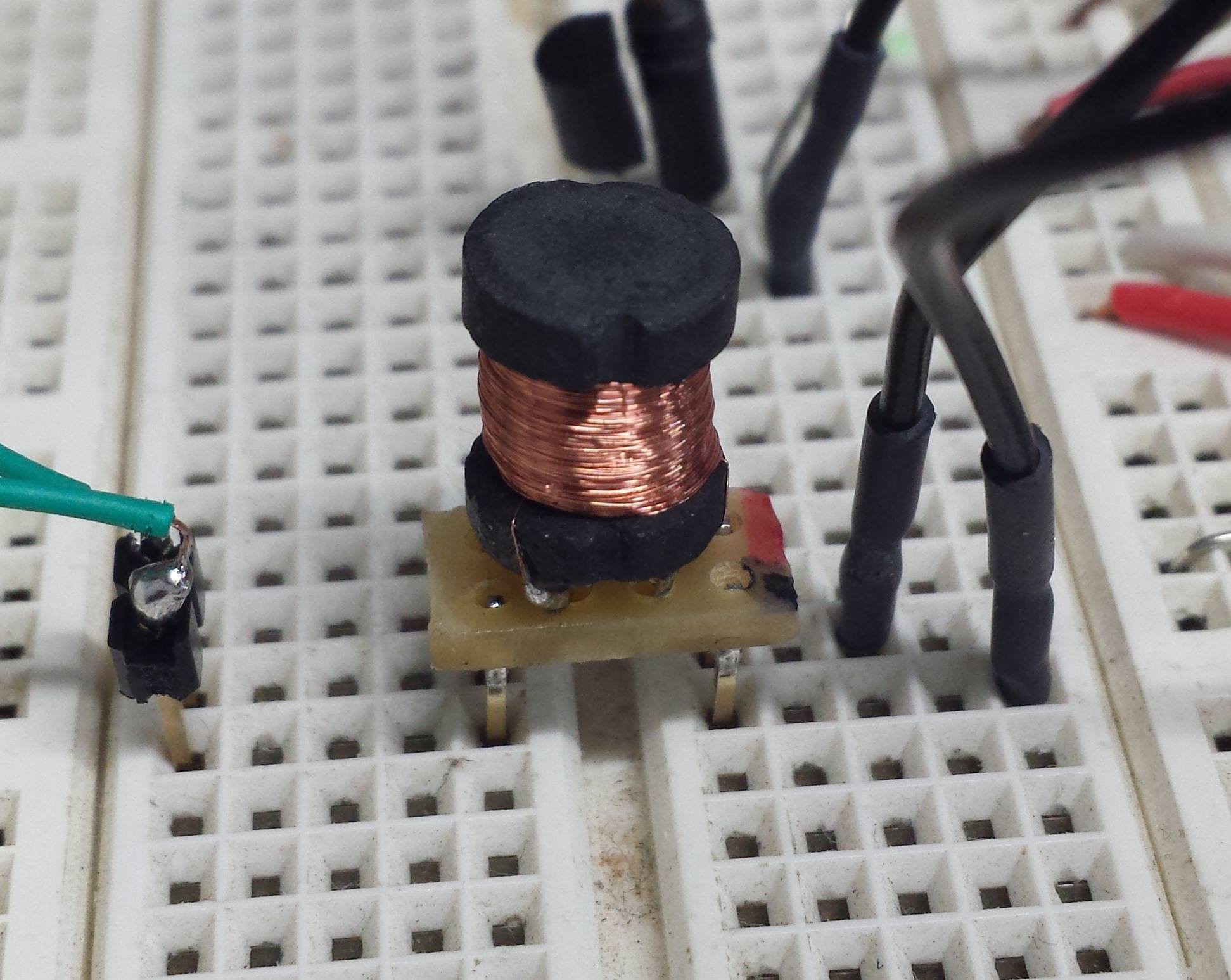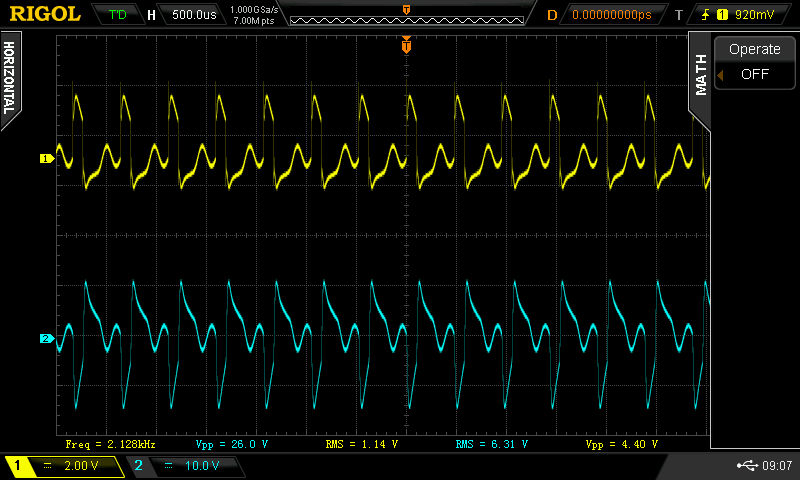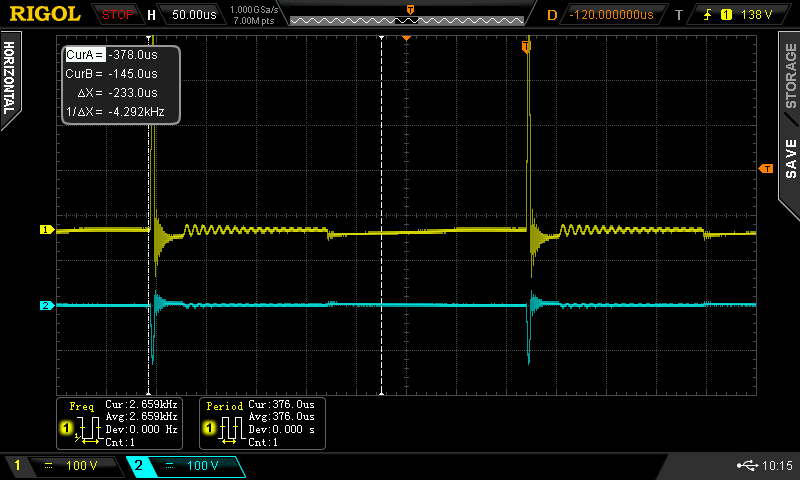The Shower Metronome project idea was conceived years ago. Not a very glorious, exciting, or technically challenging project and therefore no real motivation to pursue. The “We have a problem: Shower Feedback Loop” post almost got me started on the project. Some of the comments related to how little residential usage contributes to overall water consumption seemed to make the water saving aspect of the project somewhat irrelevant. No real effort was applied until the “Homework for this weekend” post. The challenge to build something over the weekend and enter the 2015 Hackaday prize contest was accepted.
One of the design goals of the project was to keep it simple. No cutting into the plumbing for installation, no internet connection to tweet showering status, no vision system to automatically identify the family member taking the shower in order to create a water usage metric. Hopefully the Shower Metronome becomes more useful as a training device to break excessively long showering habits and not something that becomes a permanent bathroom fixture.
A fellow engineer questioned the marketability of the device. We both doubted anyone would spend $10 on one of these as an impulse purchase at the hardware store. A few other options to commercialize the Shower Metronome came to mind as it was discussed over a few more beers; hotel chains could see substantial savings and government sponsored conservation programs that send households these for free.
A functional prototype has been built to test the software and get initial feedback on the effectiveness of the beeping in reducing day dreaming while in the shower. So far it seems prosiming in reducing the amount of day dreaming.
 mulcmu
mulcmu










Very nifty thanks.
Water not coming out of shower head properly